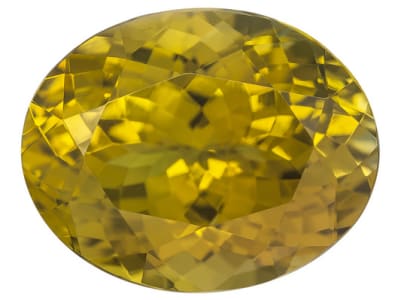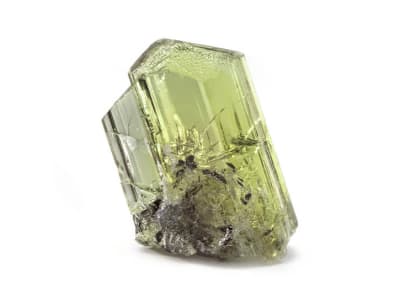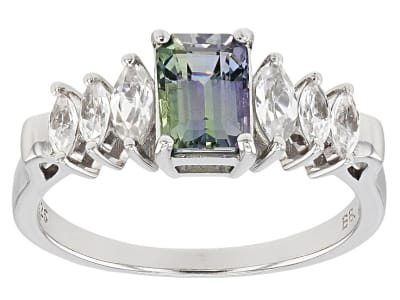Zoisite is a member of the epidote group better known for its gemstone varieties tanzanite, anyolite (ruby in zoisite), saussurite and thulite. It was discovered in 1805 and named after Baron von Zois, an Austrian chemist and mineral collector. Crystals are usually prismatic and elongated in habit and heavily striated.
General Information
Common Name
Zoisite
Species
Zoisite
Transparency
Transparent - Opaque
Dispersion
Strength: Weak Fire Value: 0.021
Refractive Index
1.691-1.700
Tolerance:(+0.005/-0.005)
Tolerance:(+0.005/-0.005)
Birefringence
0.008-0.013
Optic Character
Biaxial
Optic Sign
Positive
Polariscope Reaction
Aggregate (AGG), Doubly Refractive (DR)
Fluorescence
SWUV: Inert
LWUV: Inert
LWUV: Inert
Pleochroism
Trichroic, (in green gems) strong green, yellow, and greenish brown
Hardness
6-7
Streak
White
Specific Gravity
3.100-3.450 Typical:3.350
Toughness
Varies
Inclusions
Zoisite is a type I clarity stone. Stones rarely needles, chromite inclusions, growth and etch tubes.
Luster
Vitreous
Stability
Good
Fracture
Conchoidal, Uneven
Cleavage
Perfect, in one direction, Good, in one direction
Chemical Name
calcium aluminum silicate hydroxide
Chemical Formula
Ca2Al3(SiO4)3(OH)
Crystal System
Orthorhombic
Chemistry Classification
Silicate
Zoisite Colors
-
 Blue
Blue -
 Brown
Brown -
 Brown
Brown -
 Colorless
Colorless -
 Gray
Gray -
 Green
Green -
 Green
Green -
 Green
Green -
 Orange
Orange -
 Pink
Pink -
 Pink
Pink -
 Purple
Purple -
 Red
Red -
 Yellow
Yellow
Countries of Origin
Tanzania, United Republic Of; Pakistan; Unknown; French Polynesia
Care
Normal, gentle handling, avoid high heat and acids.



